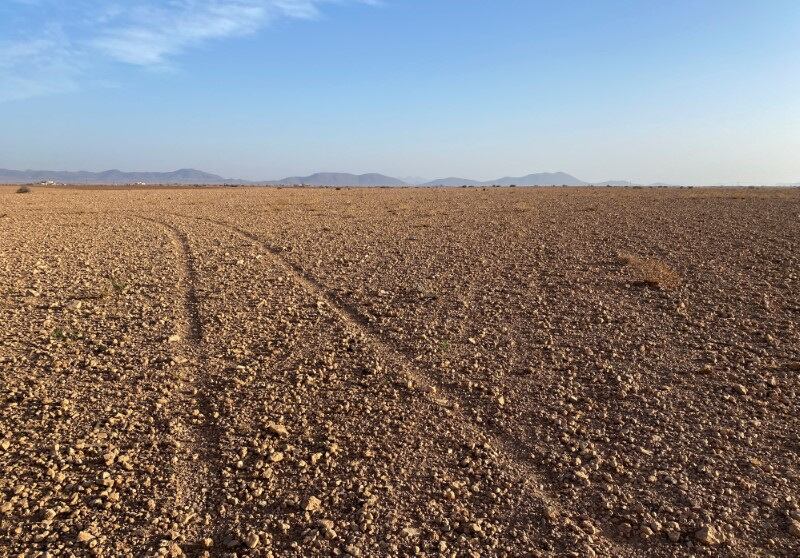A prolonged period of drought spanning six consecutive years has led to critical water levels in Moroccan dams, resulting in a significant decline in the irrigated land area, as revealed by Morocco’s water and agriculture ministers.
As of mid-January, the average dam filling rate in Morocco plummeted to 23.2%, down from 31.5% the previous year, reported Water Minister Nizar Baraka during a Tuesday meeting, according to a statement from the royal palace. Baraka noted that rainfall was 70% below the average for the year.
The impact is particularly severe on Al Masira, the country’s second-largest dam serving Casablanca, Morocco’s economic hub, which is now nearly empty. Authorities responded to the crisis by imposing restrictions, including a ban on using drinking water for cleaning streets or irrigating parks in cities and halting dam water usage for irrigation in certain vital farming areas.
The decision caught many farmers off guard, especially in the Taroudant region of the Souss region, a major source of Morocco’s fresh produce, which supplies supermarkets across Europe and contributes significantly to export revenue.
Agriculture Minister Sadiki acknowledged the impact of this “violent drought,” revealing a reduction in the dam-irrigated area from 750,000 hectares to 400,000 hectares. He added, “Autumn crops are at a critical condition… we pray for rain.”
The ploughed area for rain-fed cereals has decreased to 2.3 million hectares from 3.65 million hectares last year, also a dry year. Morocco’s statistics agency anticipates a below-average cereal harvest, necessitating increased wheat imports.
In response to the water crisis, Morocco is planning to build waterways, new dams, and eight desalination plants powered by renewables, with a target of producing 1.3 billion cubic metres of fresh water from desalination by 2035. However, concerns linger about the potential delay in desalination readiness for farm irrigation.

